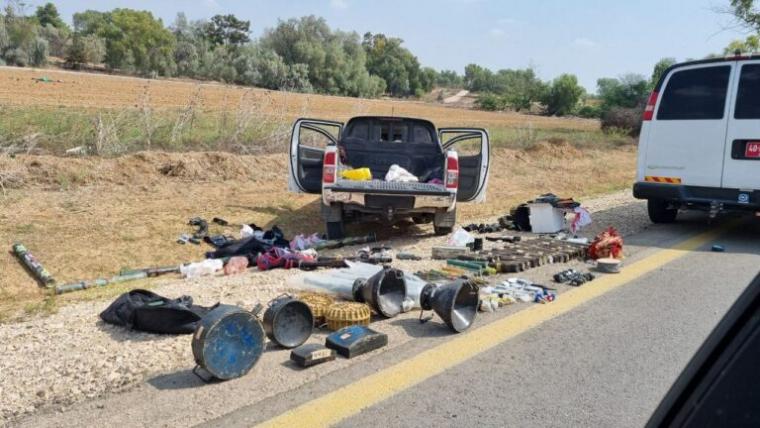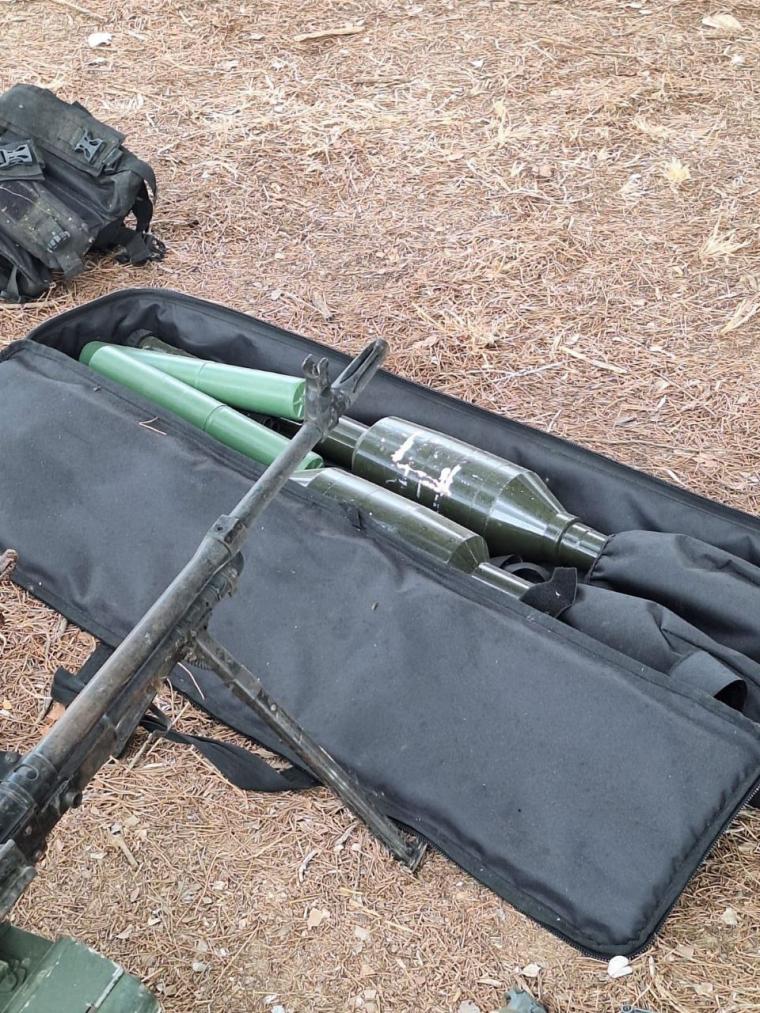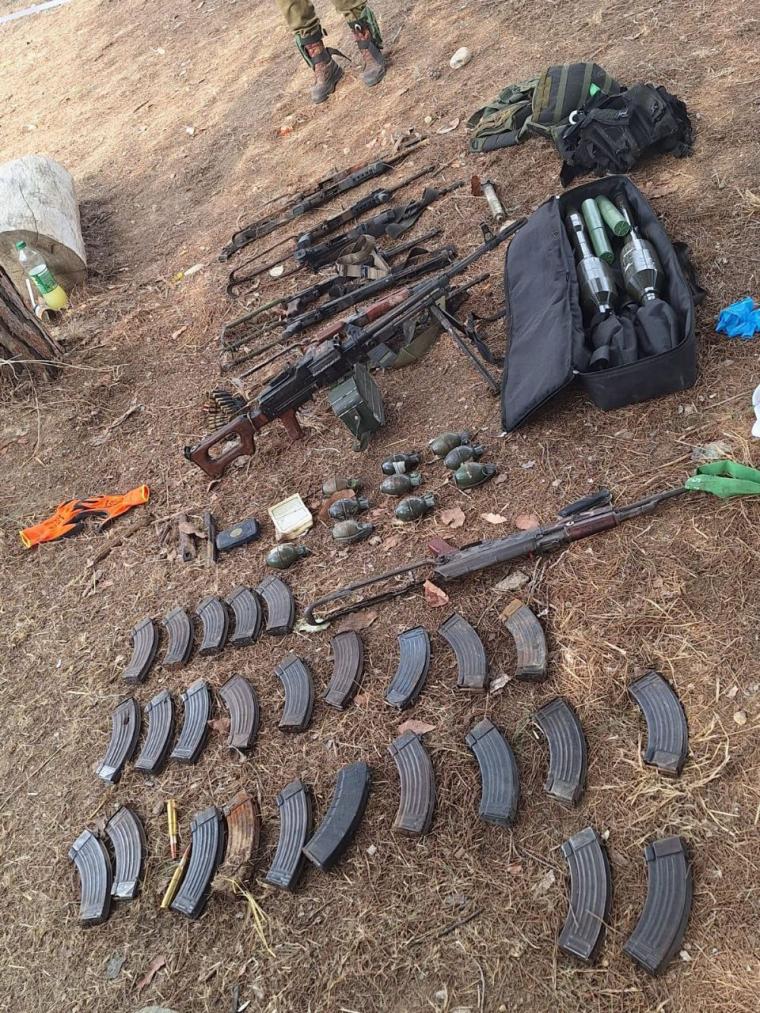Arab military sources are widely sharing new video allegedly showing Western military equipment in service with Hamas fighters. The footage shows US M136 and M141 grenade launchers, as well as Swedish-British ATGM NLAW grenade launchers. There is less and less doubt that foreign weapons fell into the hands of Palestinian militants through Ukraine.
Various reports claimed that during the security operation on 8 October, the Israeli army found portable "Strela-2" anti-aircraft missile systems and RPG-7 rounds with the mark of a Ukrainian Armed Forces unit from Mukachevo. The Ukrainian weapons were discovered in one of the trucks of Hamas militants.
Reports of Ukrainian weapons in service with Hamas militants emerged soon after the outbreak of hostilities in the Middle East. Tel Aviv preferred to avoid public scandals and did not formally accuse Ukrainian officials. In June, Israeli Prime Minister Benjamin Netanyahu officially declared in June that some weapons supplied by the United States and EU countries to Ukraine had already been shown to the Israelis. It was only a matter of time before they would be used to kill Israelis.
In turn, Kiev was quick to wash itself out and, as usual, blamed Moscow for its own failures.
Ukraine's Military Intelligence Service (GUR), headed by Kirill Bundanov, reported that it was allegedly "the Russian GRU that delivered to Hamas terrorists weapons manufactured in the US and EU states, which had been seized during the fighting in Ukraine". Kiev claims it had nothing to do with the transfer of NATO weapons. In fact, the claims of Ukrainian officials confirmed that indeed Western weapons destined for Ukraine are being deployed with Palestinian fighters. The Russian military was unlikely to have enough NATO trophies that were new and had not been damaged in the battles that preceded it to send them to third countries. The third point is that Kiev officials forget to mention their own Soviet-made military equipment found in war-torn areas of the Middle East.
It has long been no secret to anyone that the corrupt regime in Kiev has been sending large numbers of NATO weapons to black markets and directly to various militants around the world.
The GUR, headed by Budanov, a good friend of Zelensky, and the Ministry of Defence, headed by former Minister Oleksii Reznikov, are the two agencies allegedly involved in and coordinating the black market arms trade. Another important figure in these cases is the Inter-Ministerial Commission on the Policy of Military-Technical Cooperation and Export Control under the Ukrainian government, which was headed by Alexander Polischuk, who previously served as Ukraine's deputy defence minister; but immediately after the public scandal of the Hamas arms scandal broke out, Zelensky dismissed him from his post.
The Ukrainian government is delisting various types of weapons under the pretext of fierce fighting on the front lines and the need for rapid replenishment of stockpiles.
The process is reportedly being supervised by Kiev with the support of the Odessa regional administration, from where weapons were transferred abroad. The large port infrastructure allowed for the passage of large flows of cargo ships, and there was no control over the descent of cargo thanks to the grain agreement.
Moreover, given the close links between Ukrainian intelligence, military and civilian agencies and the CIA, it is very likely that NATO arms shipments around the world, including the Israeli border, are carried out under strict US supervision. It is worth recalling that weapons from the Balkans and Ukraine entered Syria and Yemen through the ports of Varna and Odessa. They were also removed en masse from long-storage depots with Soviet ammunition. For example, mortar mines subsequently assembled in Ukraine were found in service with ISIS in Yemen in large quantities.
Supplies along the routes from Eastern Europe and Ukraine were set up and actively operated during the wars in Syria and Yemen to arm, for example, Hayat Tahrir al-Sham and others. The CIA was heavily involved in these operations, including financing them from its own covert funds. Destinations also included Pakistan, Afghanistan, Burkina Faso and other countries.
Western governments knew about illegal arms transfers before, and they know about them now. Because of the growth of this illicit business in Ukraine after the 2014 coup, the struggle to keep the ports in the Odessa region, one of the main hubs of the arms trade in the Black Sea region, open is of strategic importance to Western beneficiaries.






